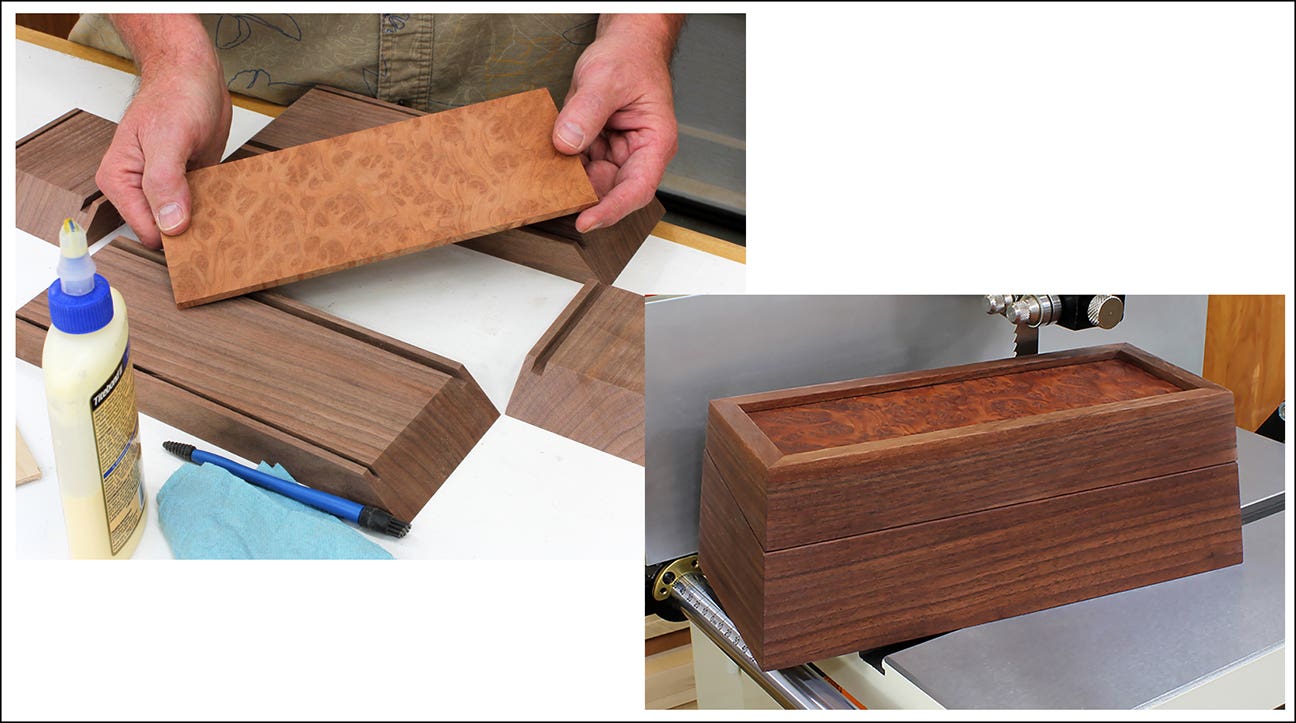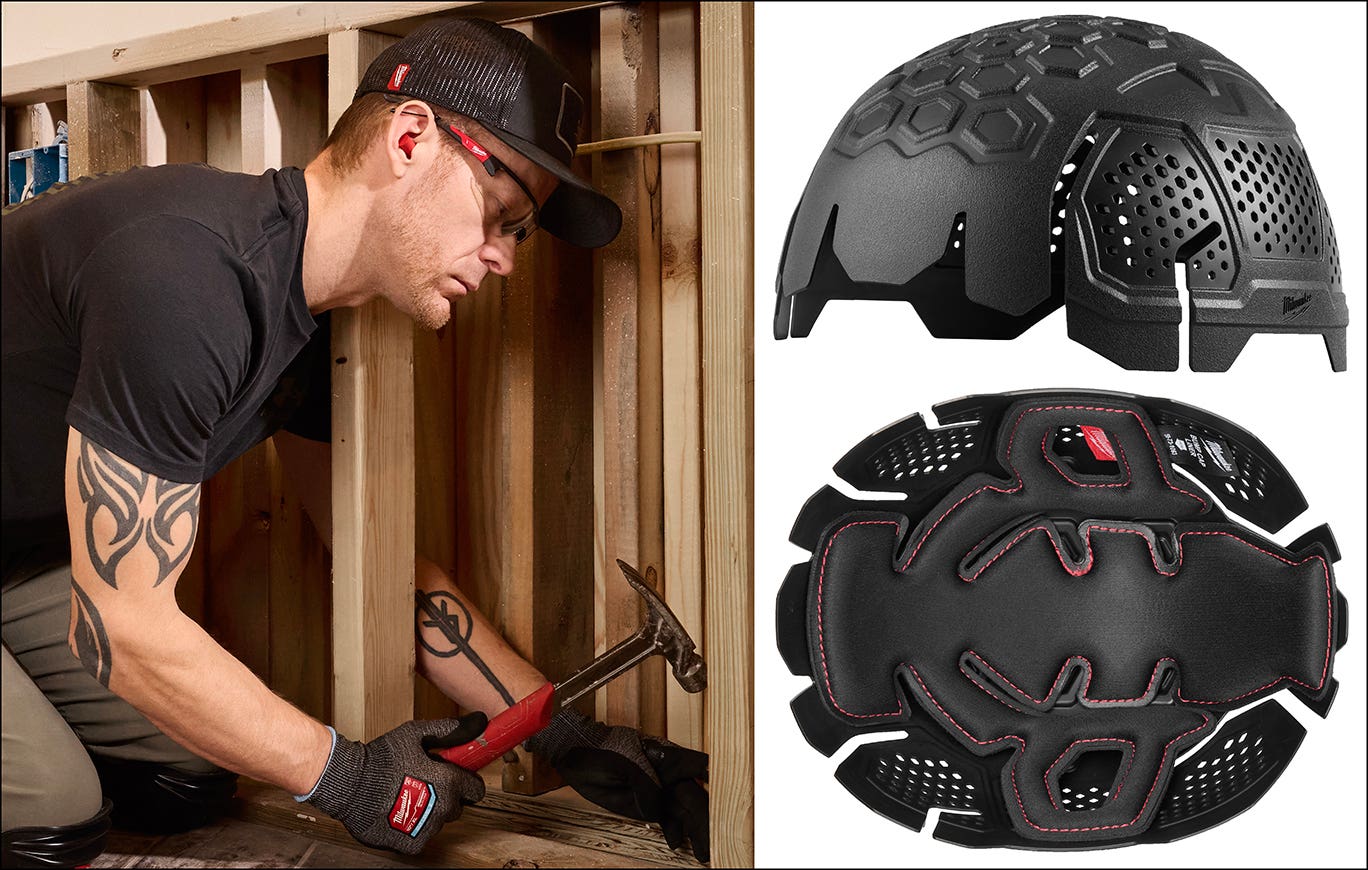Lead by example as you integrate CNC systems
Nothing sells a CNC machine like a live demonstration. Customers gather around and marvel at the precise movements, instead of focusing on the software that makes the machine do its…
Nothing sells a CNC machine like a live demonstration. Customers gather around and marvel at the precise movements, instead of focusing on the software that makes the machine do its magic.
Some of today’s CNC machines come with software that requires very little, if any, programming by the user, who simply makes choices on a touchscreen control. These machines generally perform one task that tends to be repetitive.
At the other end of the market is the multi-axis CNC router, which needs at least two types of software to operate.
The first is a computer-aided design (CAD) program that generates the designs that precede a simple task, like cutting sheet goods, to the more complex, like designing an entire kitchen while simultaneously optimizing materials. The other is computer-aided machine (CAM) software that generates the step-and-direction files that control the CNC’s toolpaths. It is common for CAD and CAM to come as one integrated package that simplifies learning and use.
At either end of the spectrum, a shop will get a machine that improves production and lessens its demands on physical labor. But the onus falls on the operator, who is suddenly tasked with getting a return on the biggest investment that most small- to mid-sized shops will ever make.
And this brings up the age-old question: Where am I going to find capable operators?
The first person should be the shop’s owner and I can hear the grumbles. You already wear too many hats — boss, bookkeeper, salesman, etc. — but what are you going to do if an operator calls in sick or quits?
Learning software does not have to happen at once and should start when considering the options. You should be familiar with operating the software first, since it is at the core of the CNC machine’s operations. Most providers offer classes and online learning opportunities.
Most of us learn faster in classrooms without distractions. I’ve found that online courses require more discipline and time to complete.
Most shops will find their first operator from their existing staff. Again, this person will have to be trained in advance, but you’ll end up with an employee with a much better understanding of workflow processes.
Shop owners often make the mistake of only considering younger workers as operators. While they might demonstrate considerable skill at operating a smartphone, this doesn’t necessarily translate to operating CAD/CAM software and automation processes.
Remember, the shop owner is a leader and one of the best ways to lead is by example. If a shop owner is willing to learn and use sophisticated technology, both software and machinery, then chances are that existing employees, at least the loyal ones and those who are forward-thinking, will follow the example.
This article originally appeared in the February 2017 issue.







